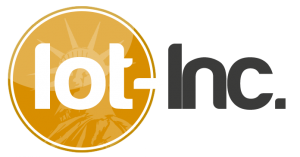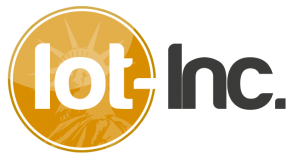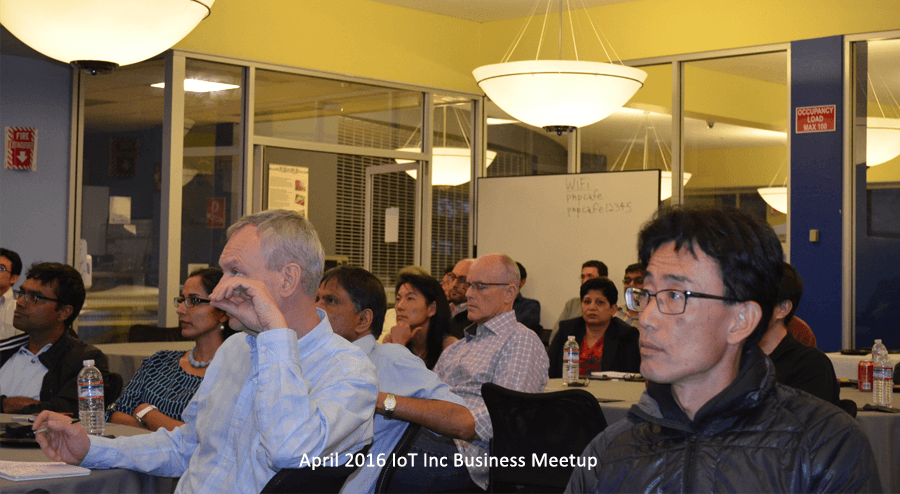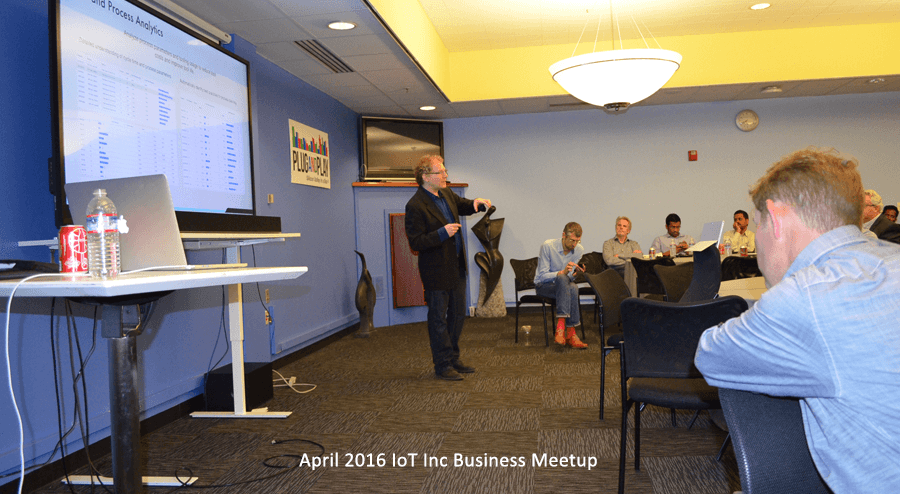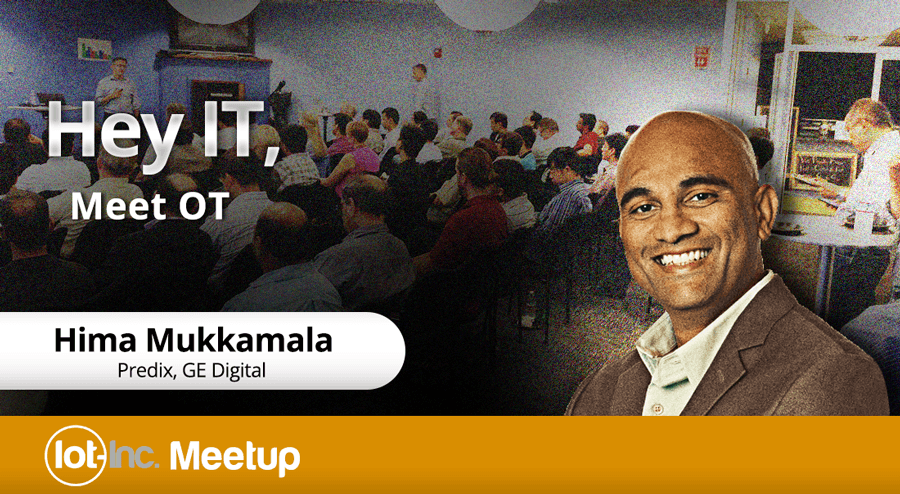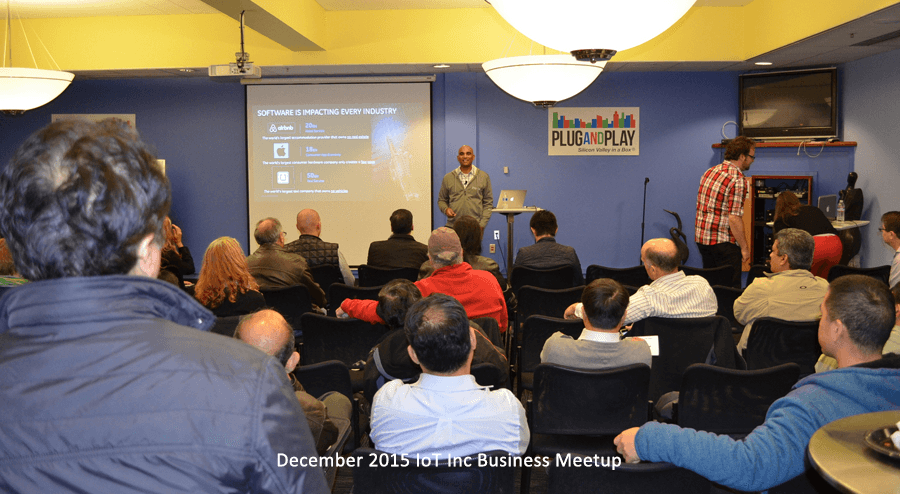10 Jun Data or Dollars? What’s going to Pay for Consumer IoT?

Episode 55
Smart products are roughly 10x the cost of dumb or regular products and that’s a problem. It’s for good reason though, to make these products smart requires a lot of tech and infrastructure that needs to be paid for somehow. This will only be solved by new business models and not the types of business models we’re used to in enterprise IoT.Listen to this analysis episode with Bruce Sinclair where he discusses the issues of pricing smart products and new business models that can help ...
